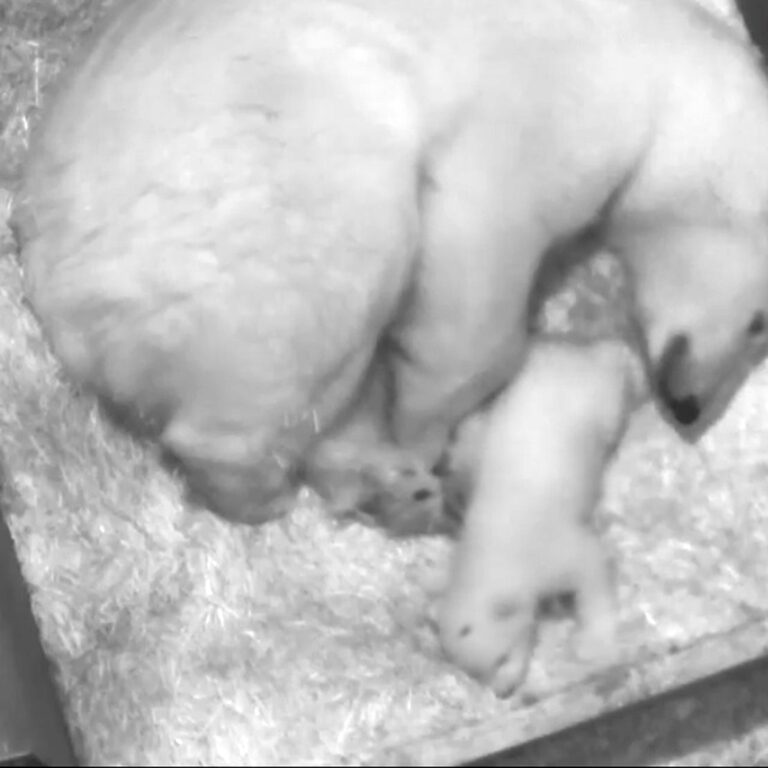Astronomers have unearthed traces of nearly 2,000 previously unknown asteroids found by the Hubble Space Telescope but hidden in its files for 20 years.
Artificial intelligence has helped scientists discover a total of 1,701 new asteroid trails which could unlock the secrets of how Earth was formed.
Experts from the Max Planck Institute for Extraterrestrial Physics (MPE) in Munich, Germany, the Autonomous University of Madrid and the Astronomical Institute of the Romanian Academy collaborated on the discovery.
According to the MPE, about two-thirds of the newly discovered objects were previously unknown to the scientific community as they were observed to be likely smaller than asteroids found in ground-based surveys.
However, despite their size, the astronomers are certain these could help them obtain important clues about the early solar system and the formation of planets.

(ESA, Hubble)/Newsflash)
The scientists initiated the project by launching the Hubble Asteroid Hunter, which is a citizen science project on the Zooniverse platform, in hope to visually identify asteroids from the Hubble Space Telescope archival data on International Asteroid Day, in June 2019.
Study leader Sandor Kruk from MPE told Newsflash: “One astronomer’s trash can be another astronomer’s treasure. The amount of data in astronomy archives increases exponentially and we wanted to make use of this amazing data.”
They identified over 37,000 composite images taken through the ACS and the WFC3 cameras on-board the Hubble Space Telescope between 30th April 2002 and 14th March 2021, in which they believed the asteroid trails would appear as streaks at first.
However, Kruk explained: “Due to the orbit and motion of Hubble itself, the streaks appear curved in the images, which makes it difficult to classify asteroid trails – or rather it is difficult to tell a computer how to automatically detect them.
“Therefore we needed volunteers to do an initial classification, which we then used to train a machine learning algorithm.”
After two million clicks on the Hubble Asteroid Hunter webpage, 11,482 volunteers and 1,488 positive classifications in about one percent of the images, the astronomers used them to train an automated machine learning algorithm on Google Cloud to search for supplemental traces of asteroids in the remaining archives.
This resulted in 900 new detections and a total of 2,487 possible asteroid trails in the Hubble archive data, according to the institute.
Kruk, along with researchers Pablo Garcia Martin from the Autonomous University of Madrid in Spain and Marcel Popescu from the Astronomical Institute of the Romanian Academy, inspected the trails and obtained a final dataset of 1,701 trails discovered in 1,316 Hubble images.
The astronomers reported that these objects, despite being systematically fainter and possibly smaller than typical asteroids, have a similar speed and distribution on the sky as the known asteroids in the so-called Main Belt, located between the orbits of Mars and Jupiter.

(MPE/Newsflash)
MPE stated: “In follow-up work, the astronomers will use the curved shapes of the trails imprinted by the motion of Hubble to determine the distance to the asteroids and study their orbits.”
Kruk said: “The asteroids are remnants from the formation of our solar system, which means that we can learn more about the conditions when our planets were born. But there were other serendipitous finds in the archival images as well, which we are currently following up.
“Using such a combination of human and artificial intelligence to scour vast amounts of data is a big game changer and we will also use these techniques for other upcoming surveys, such as with the Euclid telescope.”
Project Scientist of Euclid and co-author of this study Rene Laureijs added: “Although it was designed to image galaxies, Euclid is estimated to observe 150,000 objects in our Solar System.”
The study was published in the international journal “Astronomy & Astrophysics (A&A)” on 6th May 2022.
To find out more about the author, editor or agency that supplied this story – please click below.
Story By: Georgina Jadikovska, Sub-Editor: Marija Stojkoska, Agency: Newsflash
The Ananova page is created by and dedicated to professional, independent freelance journalists. It is a place for us to showcase our work. When our news is sold to our media partners, we will include the link here.




